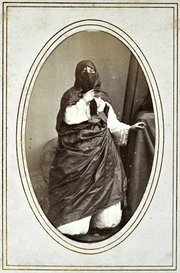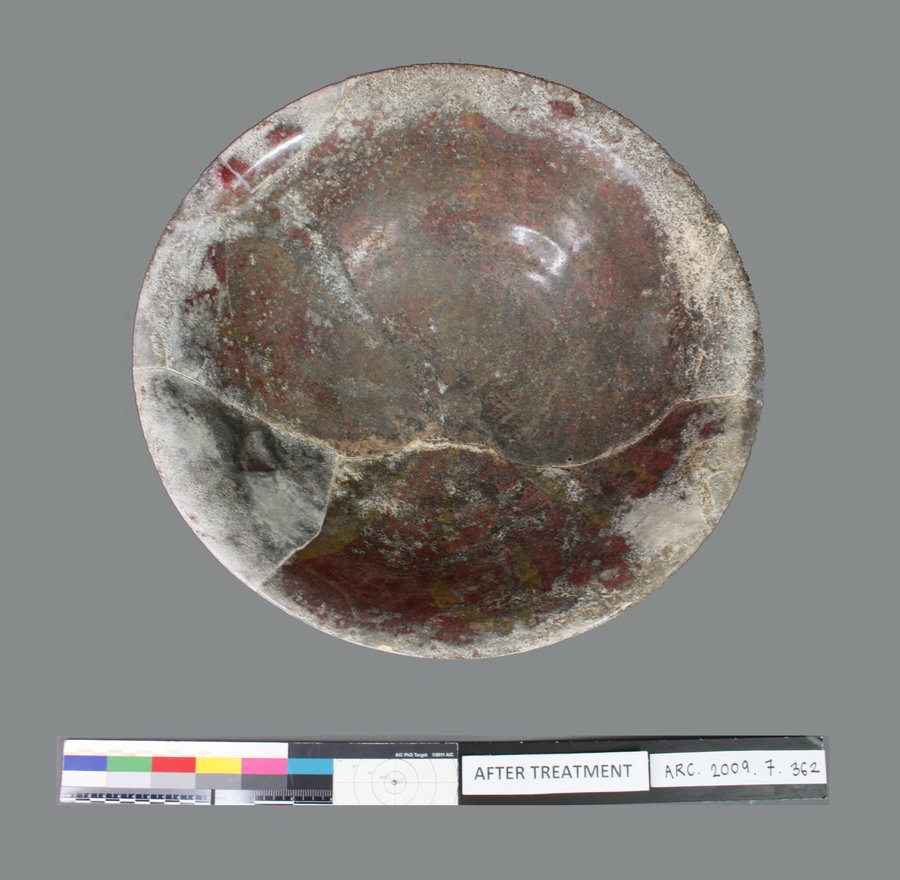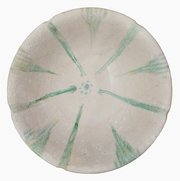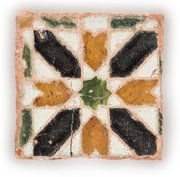
Bowl Fragments
National Museum of Qatar
- Title:
- Bowl Fragments
- Production place:
- Shush
- Date:
- 805 - 885
- Period:
- 9th century CE
- Title:
- Bowl Fragments
- Production place:
- Shush
- Date:
- 805 - 885
- Period:
- 9th century CE
- Material:
- Ceramic
- Technique:
- Throwing, Glazing
- Dimensions:
- 98 mm
- Diameter:
- 365 mm
This large bowl was discovered in a majlis (reception room) at the site of Murwab in northwest Qatar. Although heavily damaged by the saline conditions of the Qatari soil following more than a thousand years of burial, a stylised geometric and floral pattern can still be seen, with a geometric division of the surface and a large oblong leaf with large dots.
This bowl would have been expensive to make as it is decorated with a ruby-coloured lustre glaze. The process of creating lustreware involved multiple firings of an object, thus creating more risk of failure and cost. The red lustre on this bowl would have been applied over a glaze that had already been fired. Then, a second firing would take place involving careful control of the glaze’s chemical content and reduction of the oxygen level in the kiln, giving the bowl its lustrous metallic sheen. This technique can be traced to the mid-9th century in Iraq, with workshops in Basra and Samarra. The shape of this bowl is similar to many other fine Samarra table wares and is based on bowls imported from China during the 8th century.



